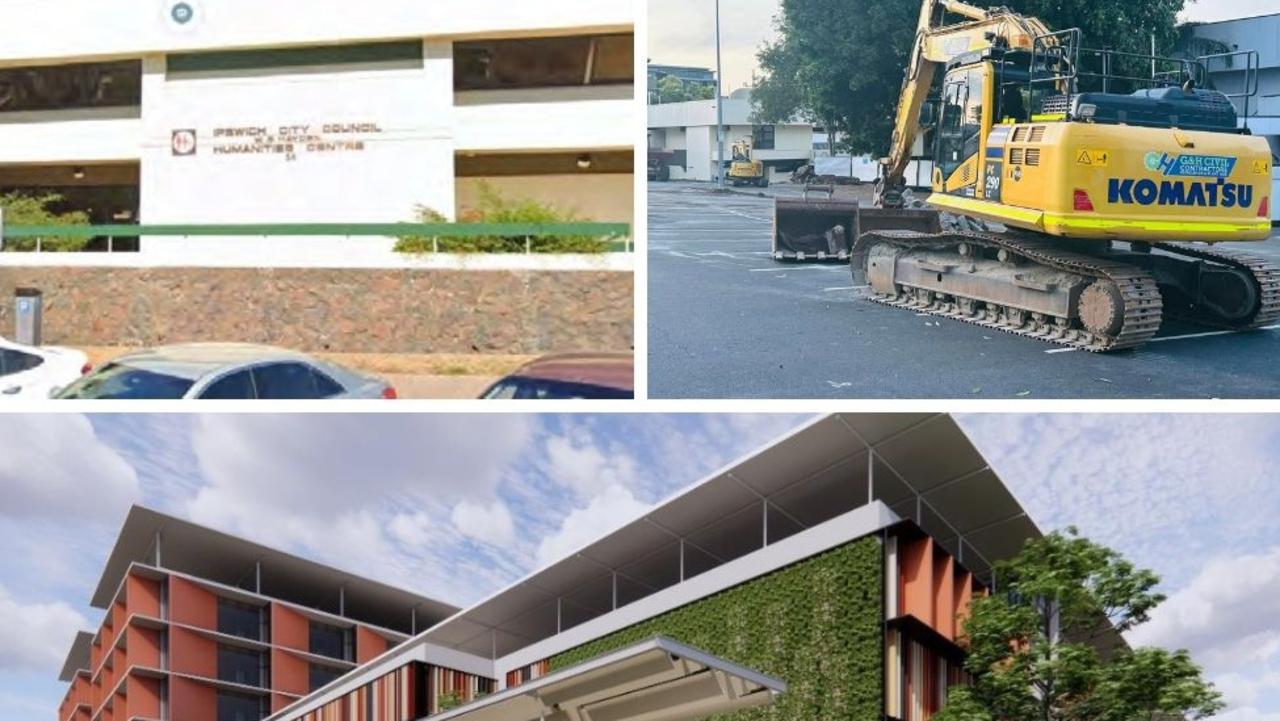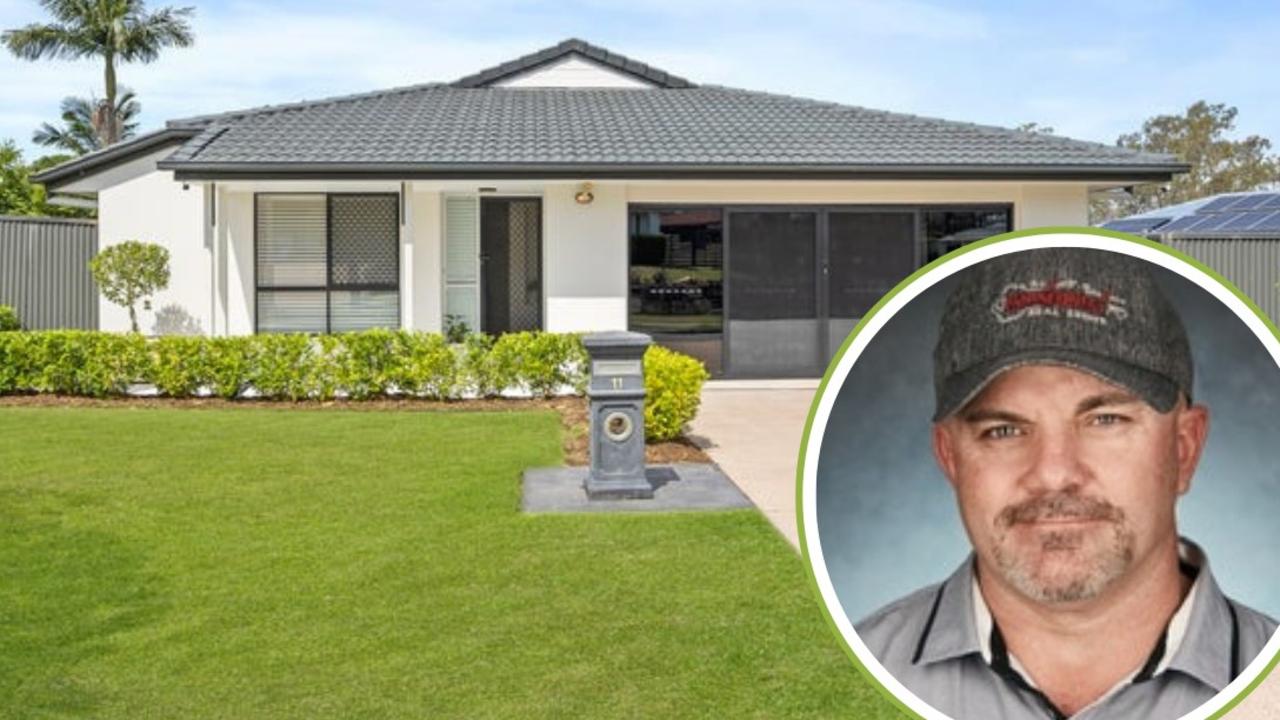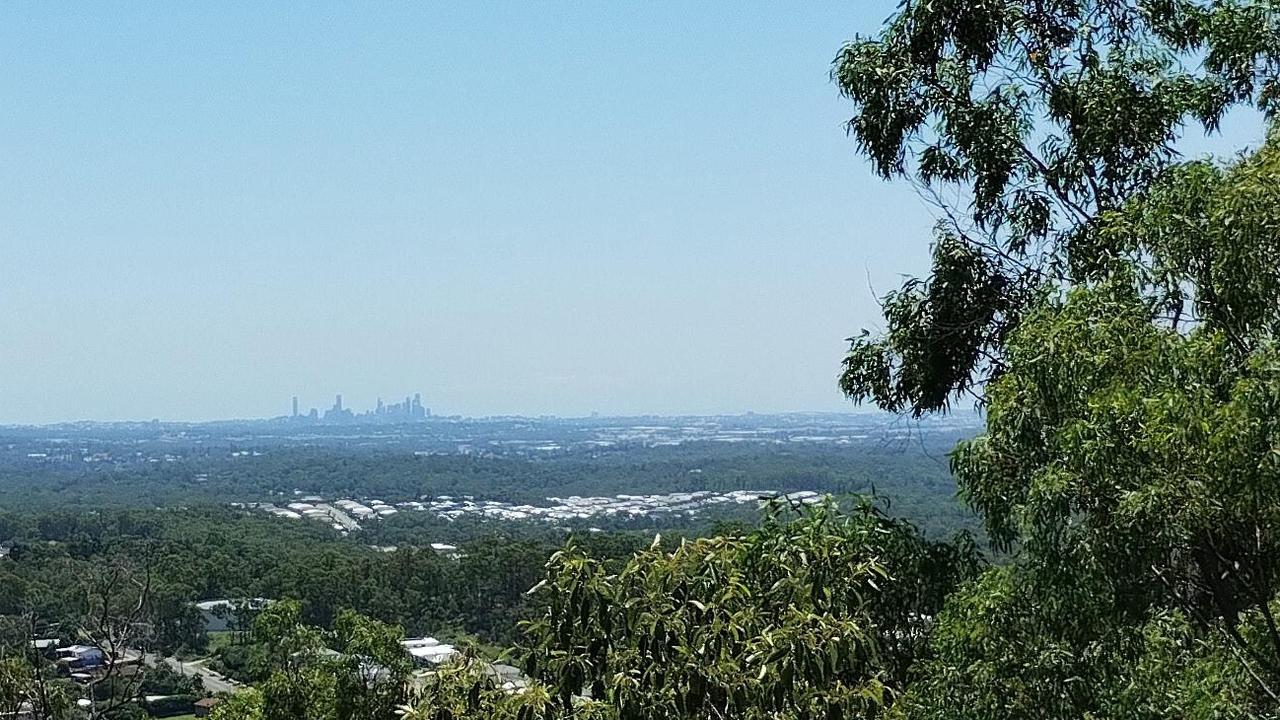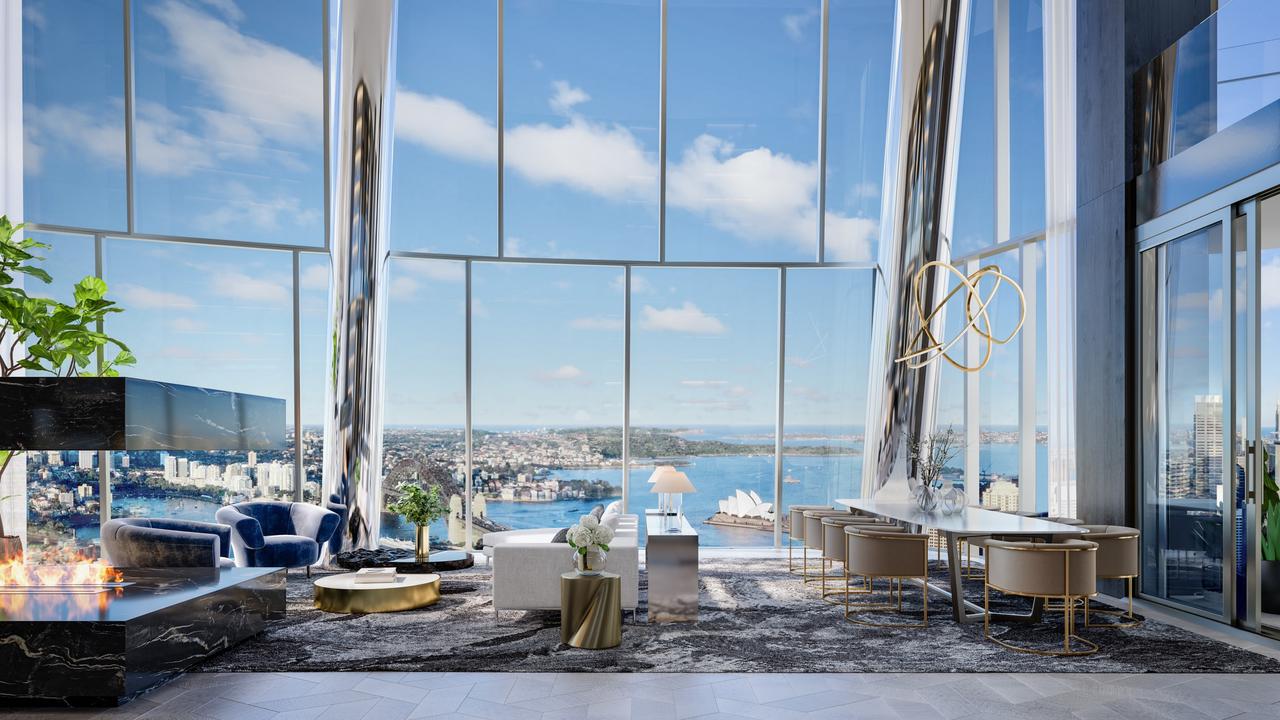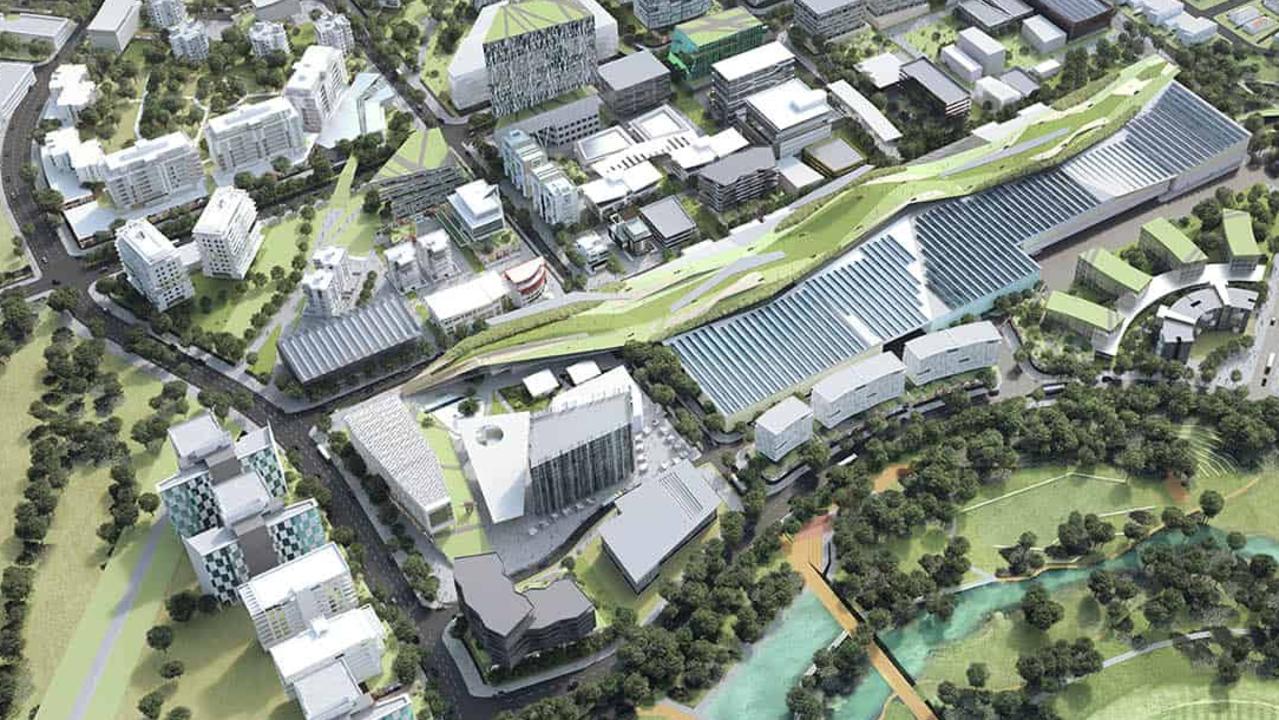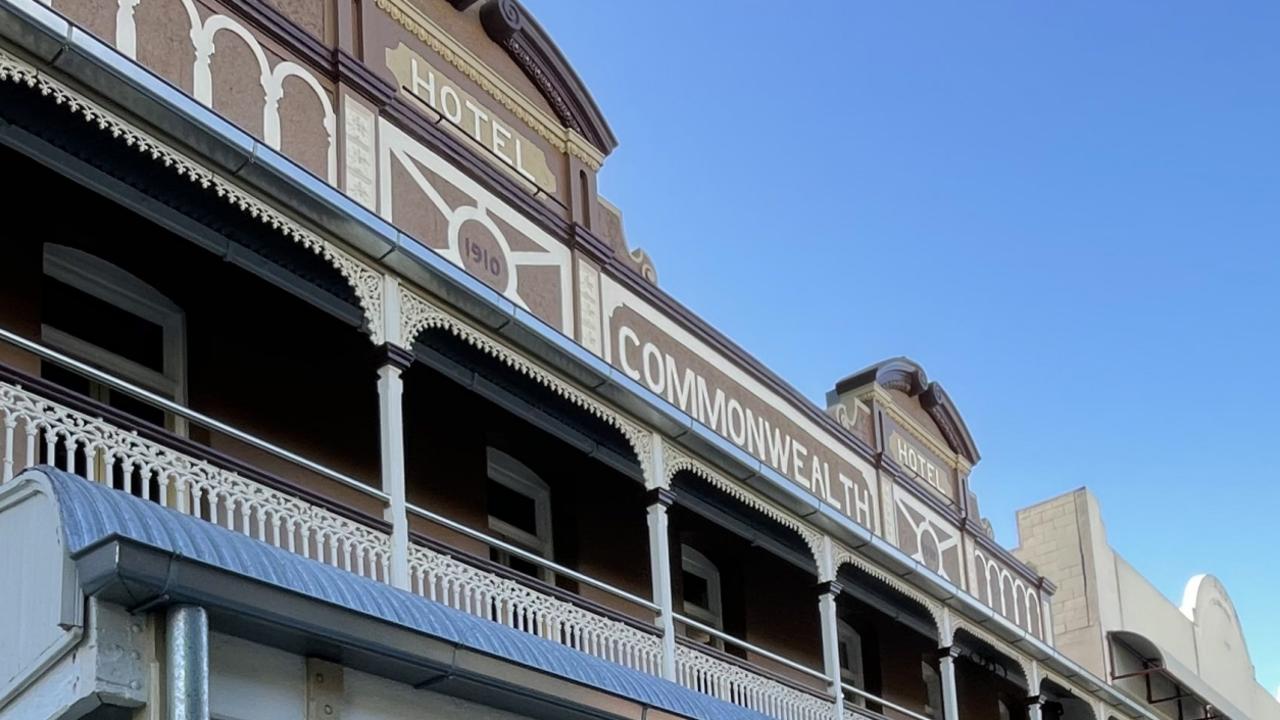QLD’s vacancy crisis deepens as flooded rentals deemed no-go zones
Waterlogged and full of mould, rentals across southeast Queensland are being declared no-go zones, with the flooding crisis expected to worsen housing availability and affordability.

Property
Don't miss out on the headlines from Property. Followed categories will be added to My News.
Rental subsidies to combat affordability, incentives to encourage investors to offer up properties sitting in holiday letting pools and financial assistance to motel owners.
These are just some of the suggestions being made to combat the rental crisis, which is only expected to deepen as potentially thousands of tenants and owner-occupiers face the very real threat of homelessness following the unprecedented rain bomb and widespread floods.
Tens of thousands of homes stretching from the North Burnett region to the Gold Coast, and west to Toowoomba, have been affected, with almost 31,000 insurance claims lodged so far, according to the Insurance Council of Australia.
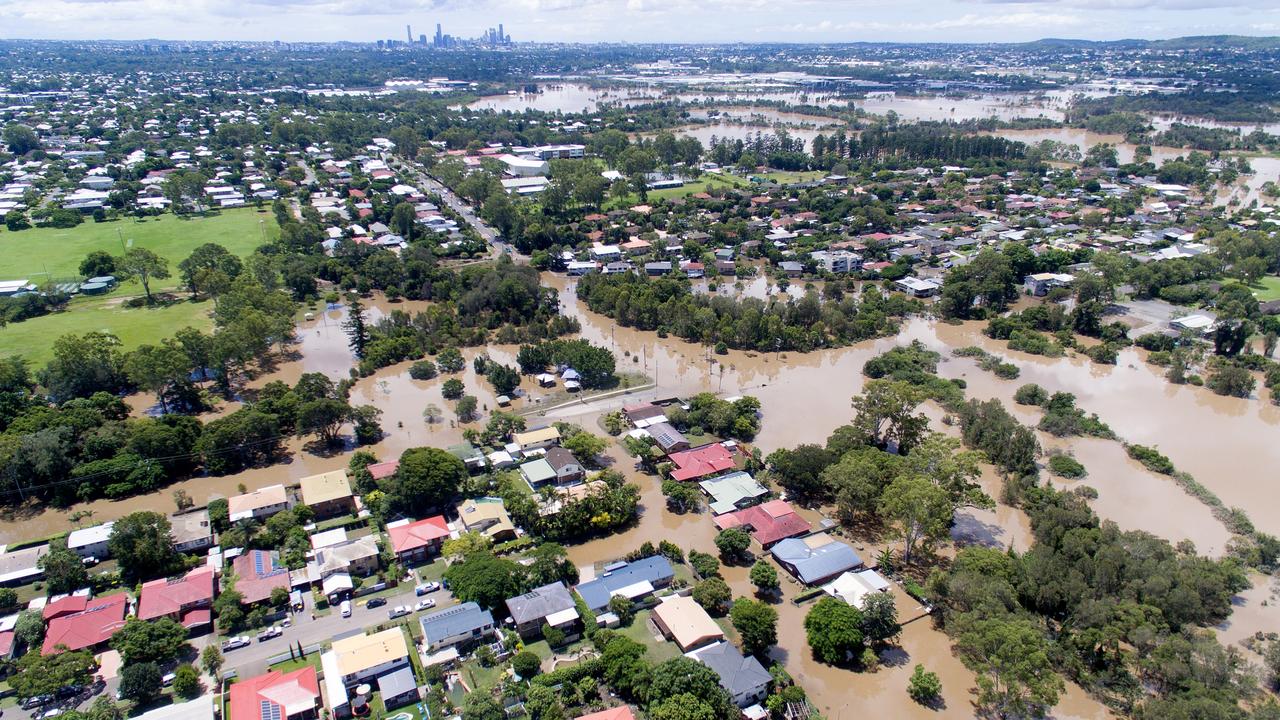
And that number is expected to skyrocket as the murky tide recedes and the full extent of the damage is revealed.
The REIQ is calling for government incentives to encourage investors to unlock properties currently sitting in lucrative holiday letting pools, while a real estate principal in Maryborough – the state’s tightest rental market – believes motel operators could also assist with the crisis.
“The timing of this major flood event couldn’t be worse,” REIQ CEO Antonia Mercorella said.
“It will displace tenants and owner-occupiers and diminish levels of rental stock at a time when we are experiencing incredibly tight vacancy rates across all corners of the state.
“We also know that tradies and building supplies are rare as hen’s teeth in the current market, with a pre-existing backlog of inquiries for various standard renovations, repairs and building works, meaning flood affected property job inquiries could be joining the back of an already long waitlist.”

The REIQ Residential Vacancy Report, released last month, revealed that vacancy rates across 40 of Queensland’s 50 local government areas were at less than one per cent during the December quarter, with many of those same areas now impacted by southeast Queensland’s unprecedented weather event.
Ms Mercorella said the widespread flooding would render many properties unfit to live in and, in some cases, require the termination of the lease agreement on the grounds of non-liveability and, for others, temporary relocation, both adding to the strain on housing.
“While this is potentially only a stop-gap solution, it’s low-hanging fruit that could quickly help bring more rental stock online, particularly while there are previously tenanted properties that need to be repaired before being returned to the long-term rental market,” Ms Mercorella said.
Queensland’s tightest rental market is Maryborough, where the Mary River has now peaked.
The vacancy rate was just 0.1 per cent – effectively zero – during the December quarter, according to the REIQ report.
At the time, Ray White Maryborough director Guy Meredith said finding a rental property in the Maryborough region was akin to “winning the lottery”.
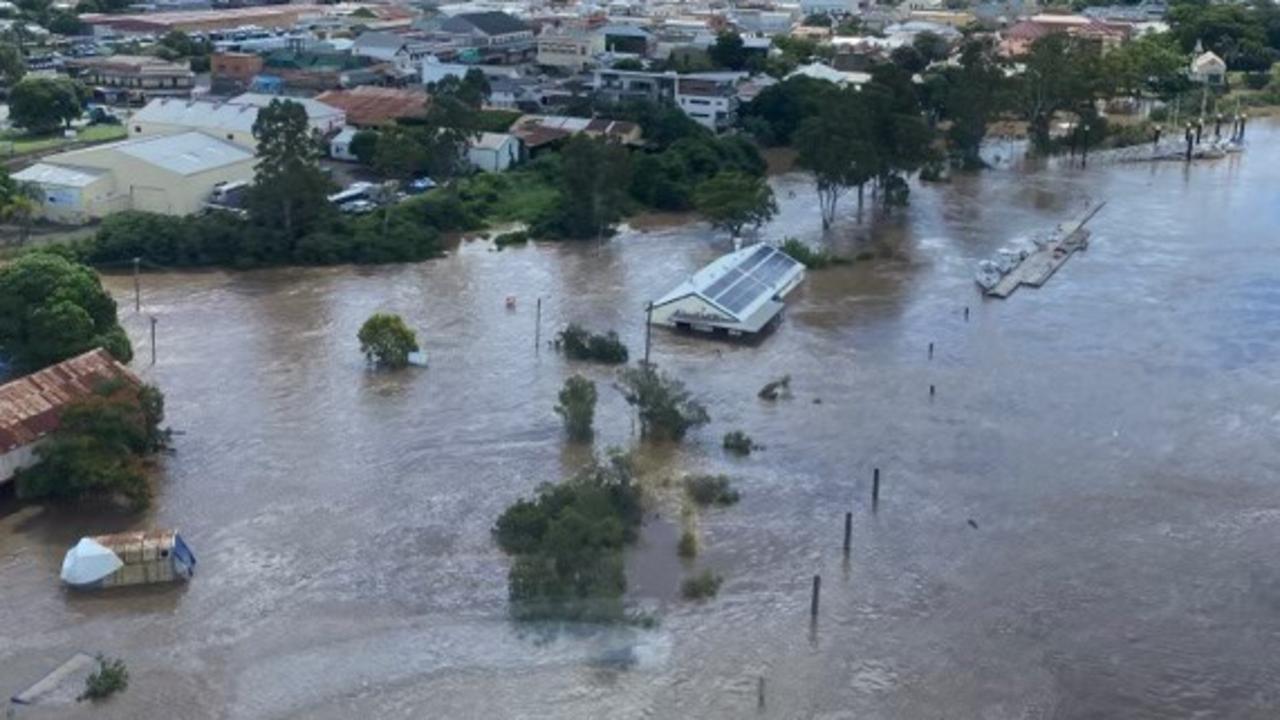
Now, he said, rehoming even a small number of people will be “incredibly tough”.
Mr Meredith said freeing up properties in the holiday letting pool could help, but added that incentives for motel operators to drop rates to assist displaced tenants might also be a short-term solution.
“They have had it tough over the past two years too, so they will need some help to do that,” he said.
Elsewhere, Gympie, which was also swamped by floods, had a vacancy rate of 0.3 per cent, while it was 0.4 per cent in Toowoomba and 0.5 per cent on the Sunshine Coast, both areas of which were also flood-affected.
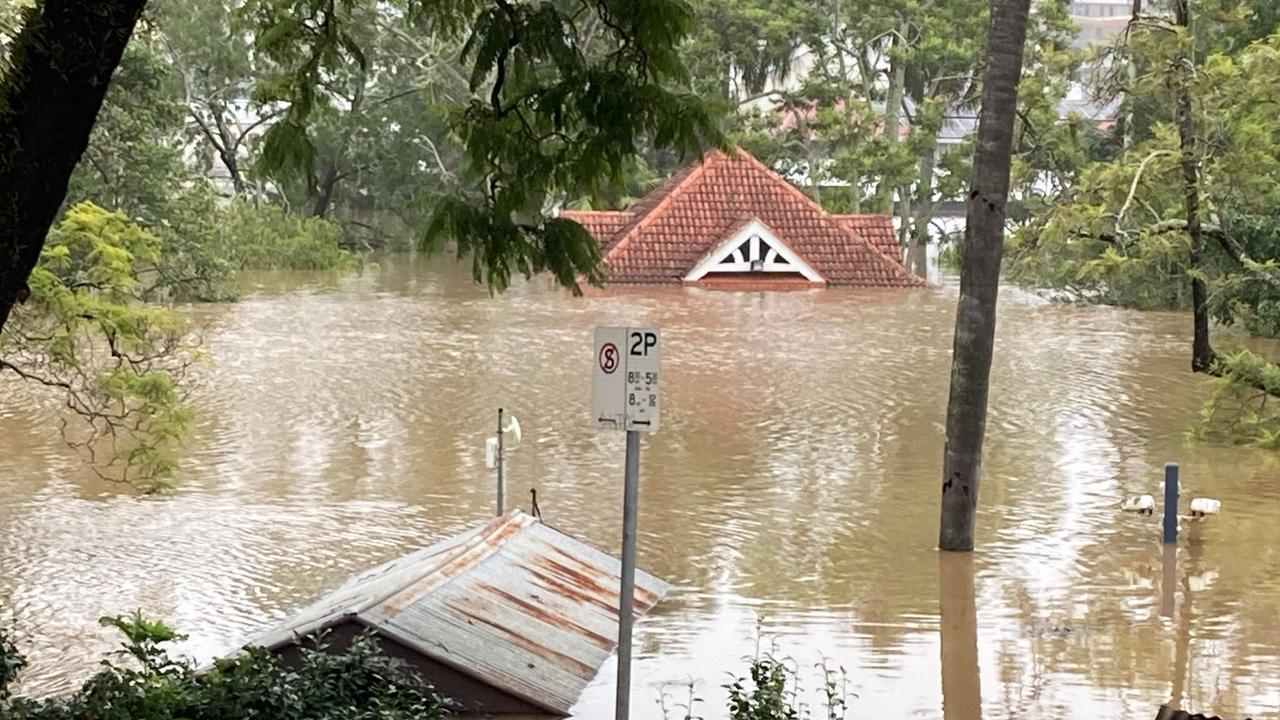
Laguna Realty Noosa, Tewantin and Gympie principal Olivier Miller, who has 200 rental properties on their books in Gympie alone, said 11 so far had been rendered uninhabitable.
“It is going to be a real issue placing them,” she said.
Ms Miller said that even before the floods, they had “dozens pf people” lining up for a single property in the Gympie region, and warned some would likely have to leave the region to find accommodation.
The Greater Brisbane vacancy rate was one per cent during the December quarter, but that shrinks to as low as 0.6 per cent in Caboolture and Redcliffe.
It was 2.3 per cent in the inner ring, with many apartments sitting idle after international students returned home during the pandemic.

Richardson & Wrench Caboolture property management director Karen George said six houses had already been deemed uninhabitable, but number would likely rise as insurance assessors arrived.
She said the big issue now was mould and affordable housing.

“We have around 1000 properties on our rental roll and the cheapest one available is $450 a week,” she said, warning that many displaced tenants would struggle to afford it.
Ms George suggested some sort of rental assistance, similar to what was introduced to support workers during Covid, could be a short-term solution given the shortage of vacant affordable housing.
“The problem is the cheaper stock in our area is also the stock most prone to flooding and mould due to poor maintenance,” she said.

Living Here director Haesley Cush, who has around 1100 properties on his Brisbane rental roll, said people with pets would also be hard to place in new accommodation, with six inner city properties “wiped out” and tenants in around 30 others told to vacate.
“I have also heard from other offices where the number of uninhabitable properties is much higher,” Mr Cush said.
Originally published as QLD’s vacancy crisis deepens as flooded rentals deemed no-go zones


